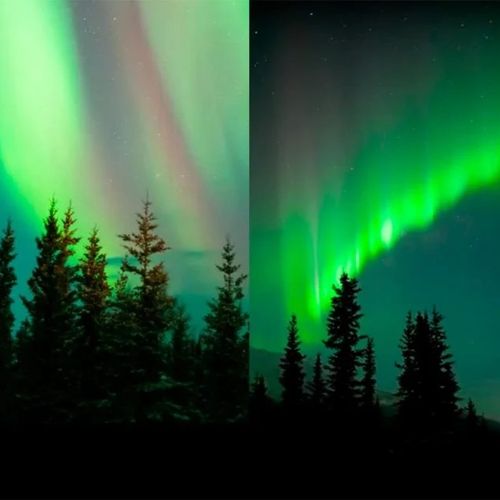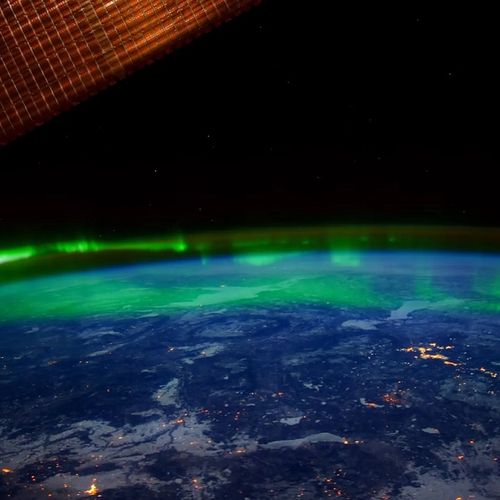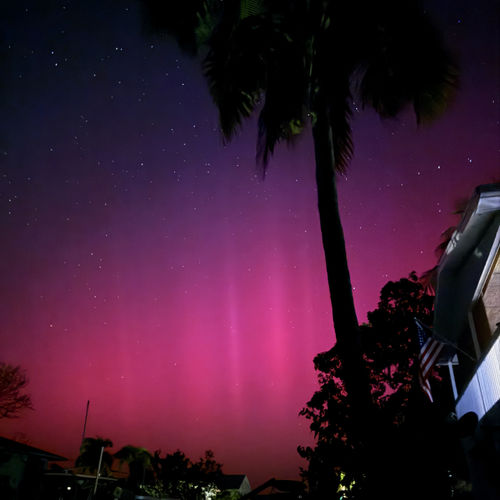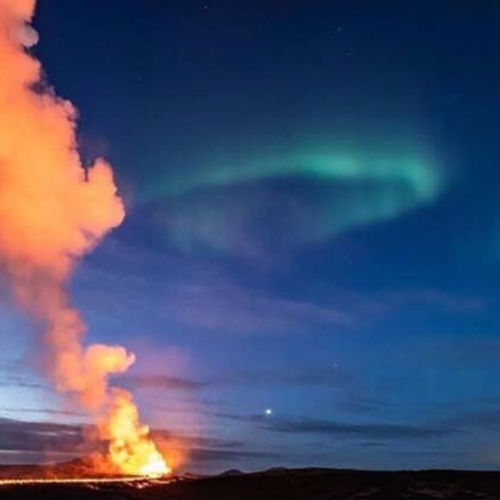
| Added | Wed, 20/12/2023 |
| Источники | |
| Дата публикации | Wed, 20/12/2023
|
| Версии |
The night sky has always fascinated us with its celestial wonders - from the shimmering curtains of Aurora to the twinkling of the stars. But among these breathtaking sights, there are two phenomena that have puzzled scientists for many years - "Steve" and "Hedge" or as it is also called "Palisade". These elusive lilac and white stripes, often seen alongside traditional aurors, have remained a mystery until now.
Claire Gask, a graduate student at the University of California at Berkeley, has offered an innovative explanation for these mysterious phenomena. Collaborating with researchers from the university's Space Science Laboratory, Gask suggests NASA launch a rocket into the heart of Aurora to test his theory.
Named after a character in a children's film, Steve was first identified as a separate phenomenon in 2018. Despite the fact that it was initially thought to be caused by the same processes as traditional auroras, scientists were puzzled by how these luminous emissions are formed. Gasquet's research offers a new perspective, challenging the existing understanding of aurors and their energy flows.
The results of Gasquet's research published in the journal Geophysical Research Letters, shed light on the physics underlying the "hedge". She suggests that electric fields parallel to the Earth's magnetic field in the upper atmosphere can generate a unique color spectrum of a picket fence. If this discovery turns out to be correct, it could upend our understanding of the creation of light and the flow of energy between the Earth's magnetosphere and the ionosphere.
Gask's research has broader implications than the study of "Steve" and "hedge." It could change our understanding of how energy flows between Earth's protective magnetosphere and the ionosphere, which is located at the edge of space. This groundbreaking discovery has the potential to impact various fields of research, from space weather to telecommunications.
Steve and Picket Fence's research began as an additional project while working on his doctoral dissertation, which was devoted to studying the relationship between events on the Earth's surface, such as volcanic eruptions, and phenomena in the ionosphere. When she heard about Steve at a conference in 2022, she couldn't resist delving into the physics behind these fascinating phenomena.
Gasquet's groundbreaking research opens up new possibilities for studying and understanding aurors and related phenomena. As the Sun enters its period of activity, which leads to the appearance of brighter aurors and transient luminous phenomena, scientists have an ideal opportunity to study such rare phenomena as Steve and the hedge.
Новости со схожими версиями
Log in or register to post comments









